The great outdoors is a playground of beauty and awe-inspiring landscapes, but lurking in its shadows are dangers you might not see coming. While most of us enjoy nature without a second thought, the wild has its share of hidden killers that can catch even the seasoned adventurer by surprise. Let’s navigate through these unsuspecting threats, so next time you’re out there, you’ll know what to watch out for.
1. The Deceptive Blue-Ringed Octopus
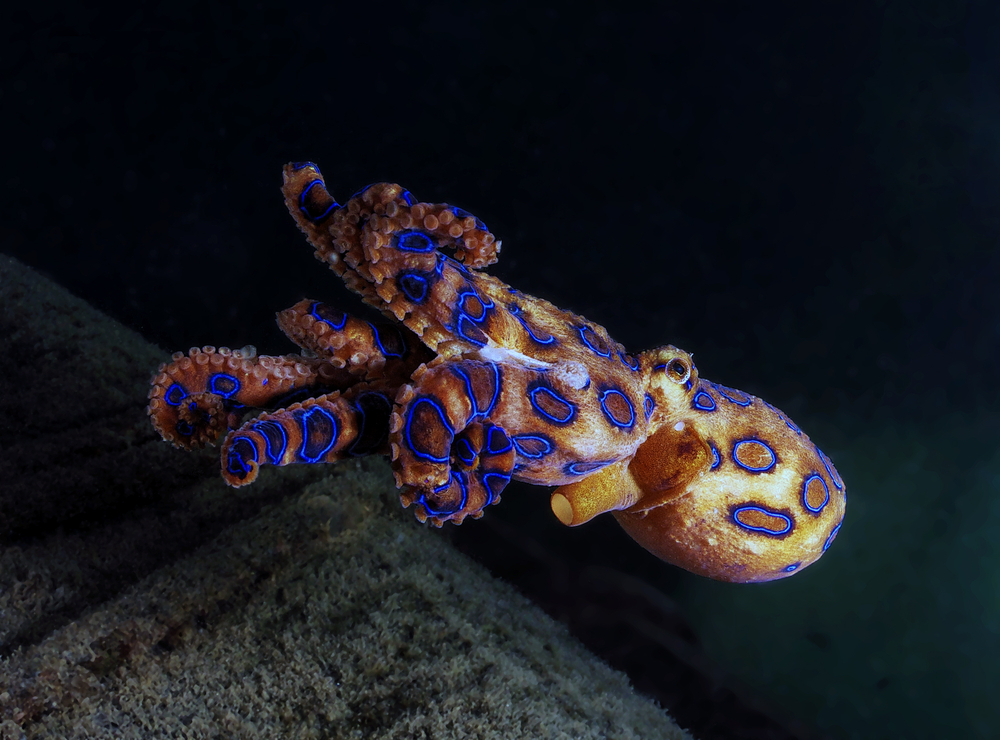
This pint-sized cephalopod might look like a mesmerizing piece of art with its vivid blue rings, but don’t let its beauty fool you. One bite, and you’re in big trouble. Its venom is powerful enough to cause paralysis and even death. Found in tide pools around Australia and Japan, it’s a silent assassin that doesn’t always give a warning. Admiring from a distance is the best advice here. Remember, it’s the petite ones you’ve got to watch with an eagle eye.
2. The Charming But Lethal Cone Snail
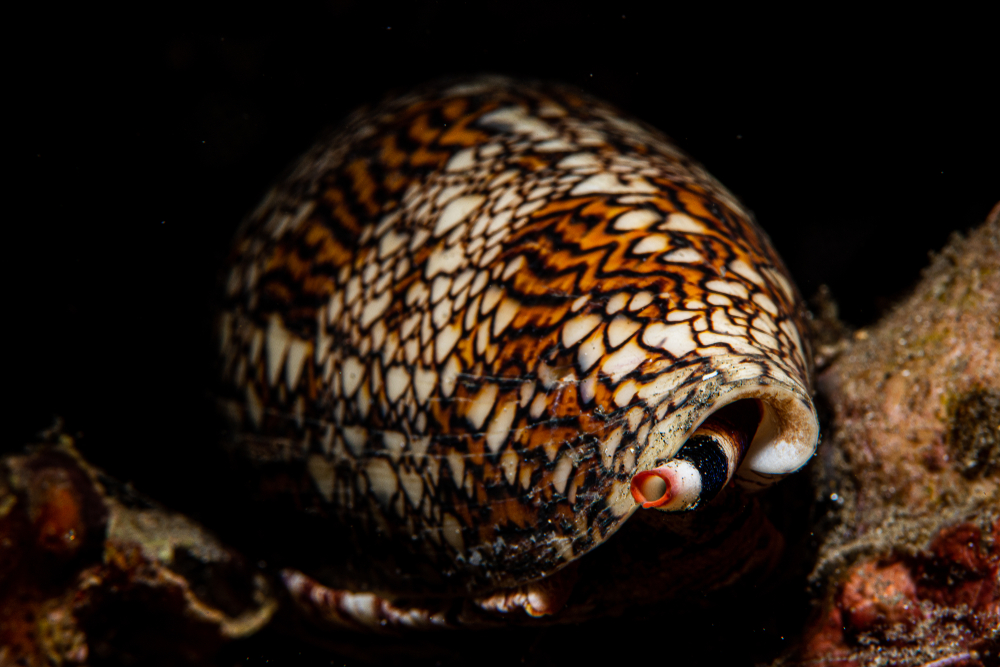
It’s easy to be enchanted by the ornate shell of a cone snail. But this marine beauty carries a harpoon-like tooth packed with potent toxins. Swimmers and divers who handle them can end up on the receiving end of an unpleasant surprise. Found in warm tropical waters, a sting from one of these snails can lead to serious health issues—or worse. The rule of thumb? Admire but don’t touch—it’s not worth the risk.
3. The Unassuming Cassowary
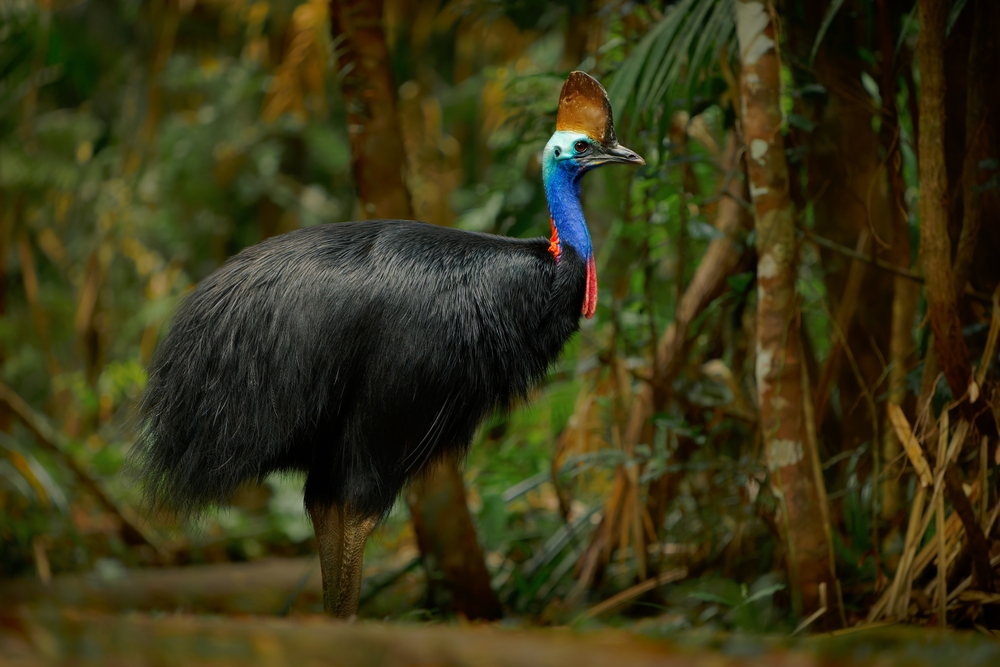
These large, flightless birds might remind you of emus or ostriches, but they’re in a league of their own when it comes to danger. With a sharp, dagger-like claw on each foot, cassowaries have been known to attack when threatened. Found in Australia and New Guinea, they are nature’s bouncers, keeping you at a respectful distance. Watching these prehistoric-looking birds from afar ensures you won’t become a part of their territory disputes.
4. The Gentle-Looking Deer Tick
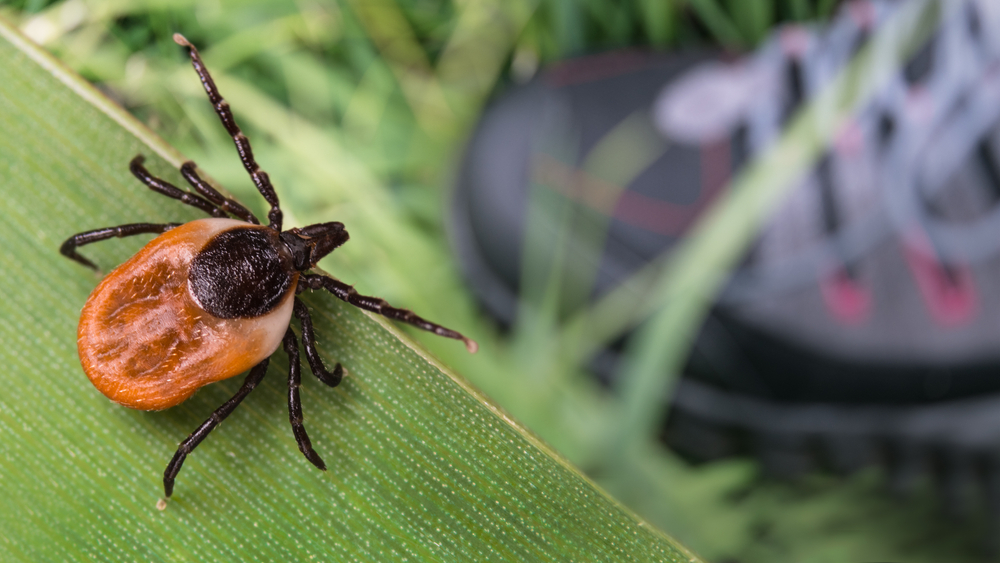
Often no bigger than a pinhead, deer ticks are stealthy carriers of Lyme disease. Often found in grassy and wooded areas, they latch onto unsuspecting hikers and pets. A stroll through the woods can quickly turn into a health crisis if you’re not vigilant. Prevention is key: wear long sleeves, use insect repellent, and always check yourself thoroughly after a nature walk. This tiny arachnid packs a bite that’s far worse than its bark.
5. The Alluring But Dangerous Manchineel Tree
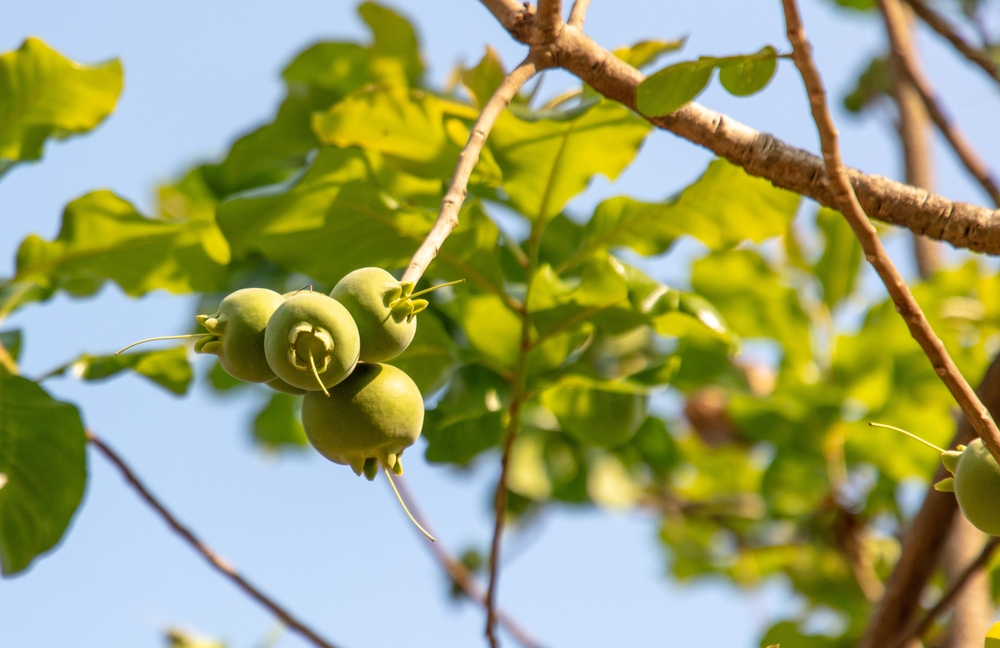
Standing under a tree during a rainstorm sounds idyllic, but not if it’s a Manchineel. Native to Florida and the Caribbean, its sap can cause severe skin blisters. Even standing near it in the rain can be hazardous. It’s the tree of legend that makes sheltering from the rain a risky endeavor. Heed the warning signs, and give this tree a wide berth—your skin will thank you.
6. The Sneaky Stonefish
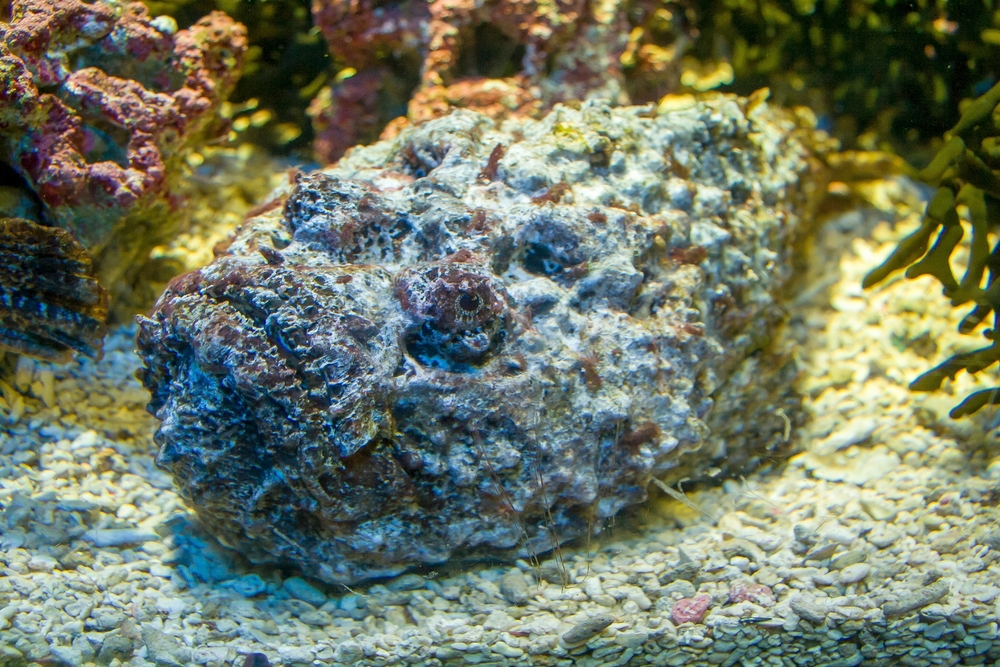
This master of disguise lurks in the shallows, camouflaged perfectly with the ocean floor. Stepping on this fish can deliver a venomous sting that’s known to be excruciatingly painful. Found in the Indo-Pacific, stonefish remind us that not everything in the ocean wants to swim away. Wearing sturdy footwear in the water can save you from an unpleasant encounter with this spiny adversary.
7. The Innocuous-Seeming Box Jellyfish
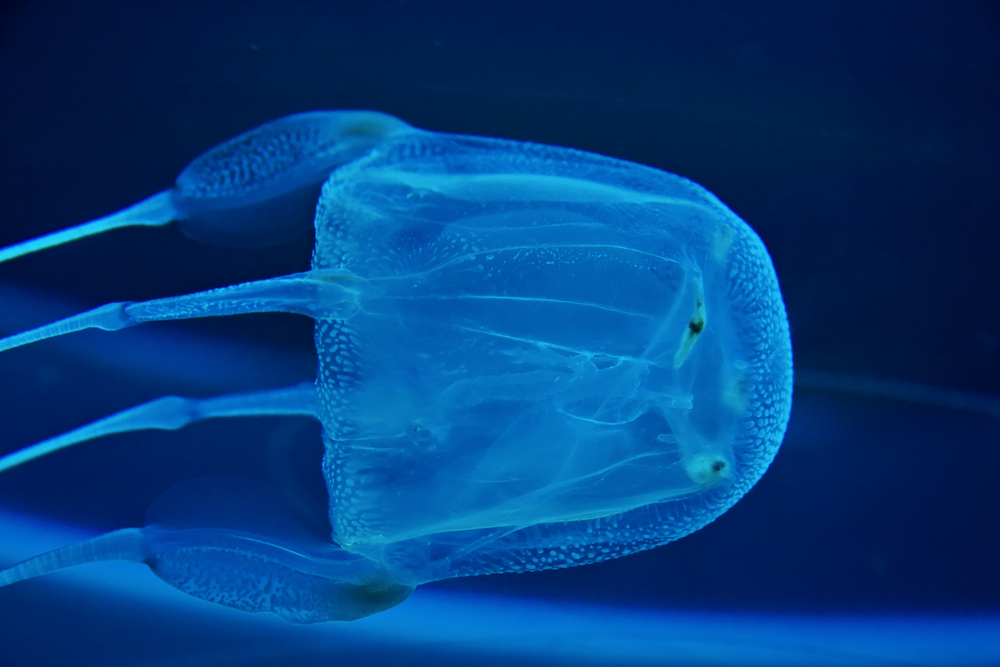
Gliding silently through the waters off Northern Australia and Southeast Asia, the box jellyfish is a translucent threat. Its tentacles are armed with venom that can cause heart failure and death within minutes. The ocean’s invisible killer, it’s a reminder that some of nature’s threats are almost impossible to see. Stinger suits and staying in patrolled areas can be lifesavers when exploring these waters.
8. The Unseen Danger of Poison Ivy
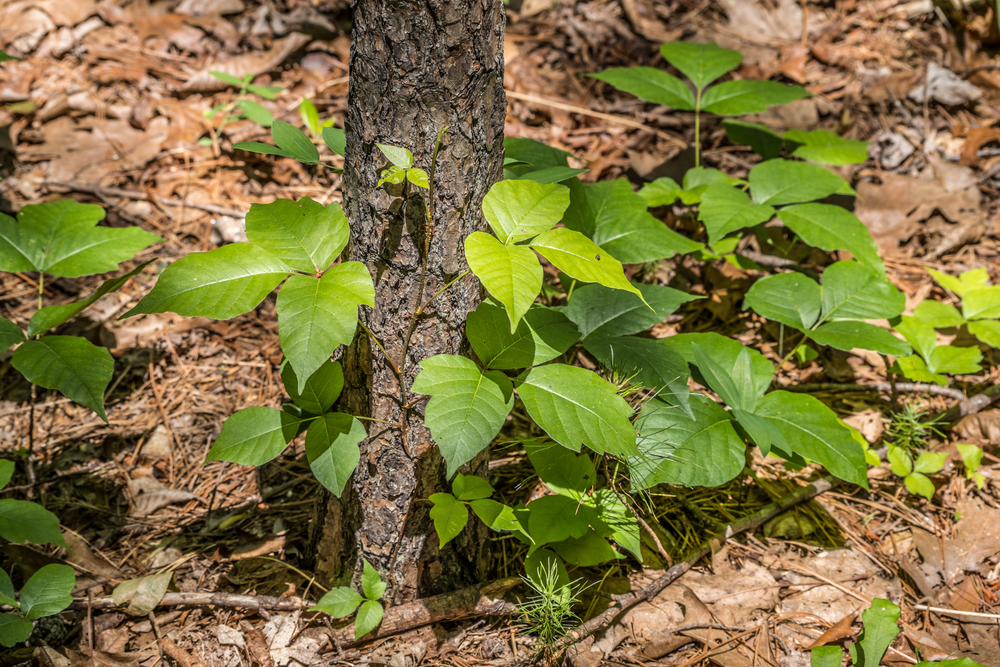
This plant is the master of stealth in the leafy world. Its oily resin, urushiol, causes an itchy, blistering rash that can ruin any camping trip. Found in many temperate regions, poison ivy demands respect and recognition. Learning to identify its telltale leaves of three can keep your skin itch-free. Knowledge is power when navigating trails where this plant might be lurking.
9. The Quietly Menacing Inland Taipan
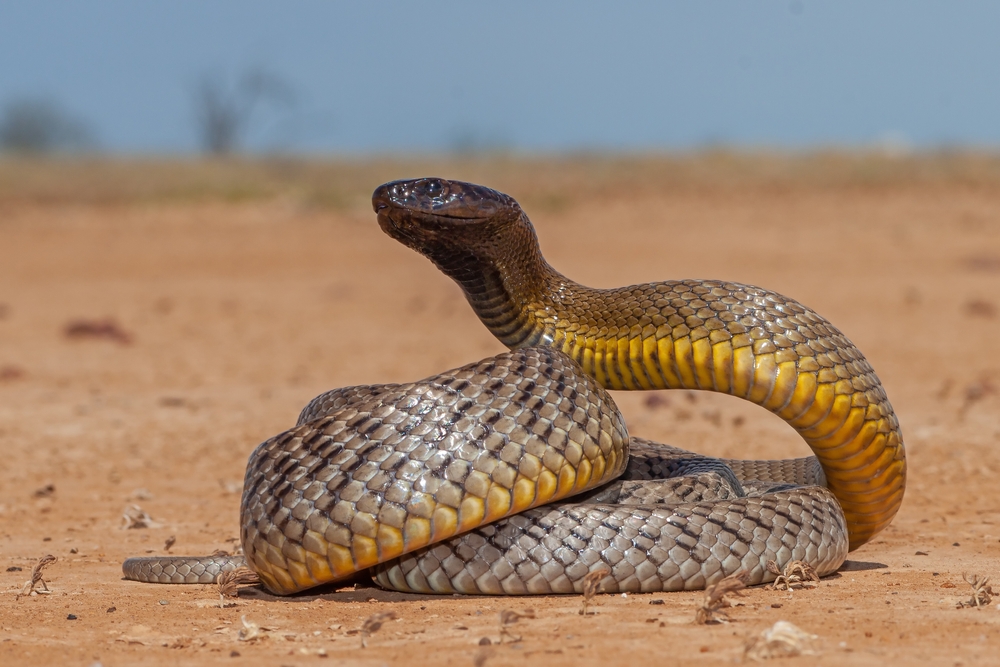
Dubbed the “fierce snake,” the inland taipan is shy but packs the most venomous punch of any snake. It resides in the arid regions of Australia and is rarely seen by humans. Fortunately, it prefers to avoid confrontation. Nevertheless, being aware of its presence can help avoid a potentially deadly encounter. Keep your distance and let this reptile remain an enigma of the outback.
10. The Innocent-Looking Pufferfish
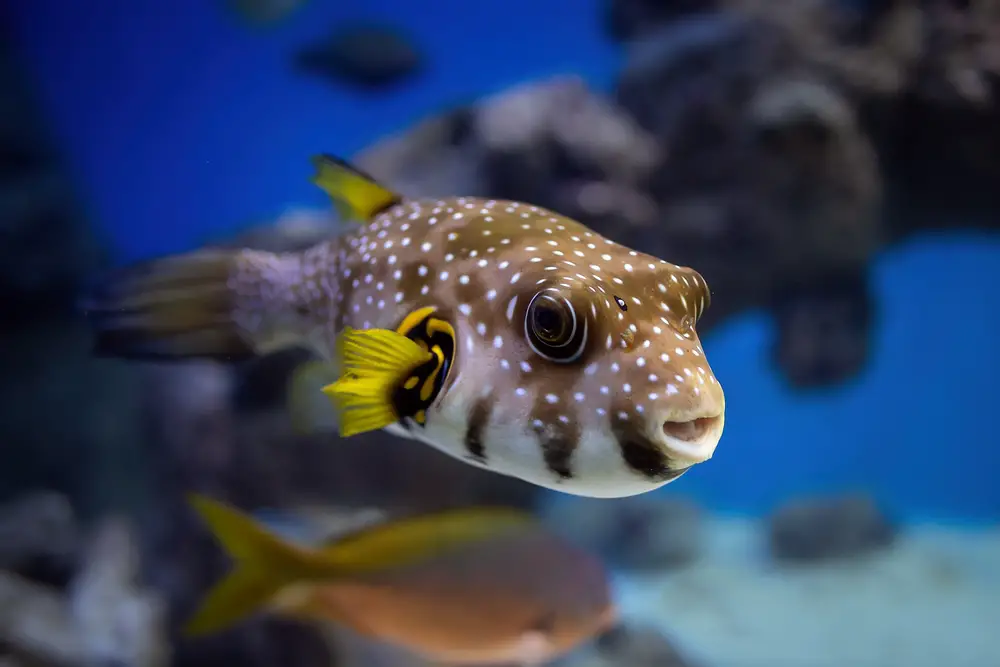
Popular in aquarium displays and a delicacy in some cuisines, pufferfish contain tetrodotoxin—an extremely potent poison. Consuming improperly prepared pufferfish can be fatal, making this a dish best left to the experts. In the wild, their curious, inflated appearance might tempt you to handle them, but trust us, it’s better to appreciate from afar. Their cute demeanor hides a deadly secret.
11. The Cunning African Buffalo
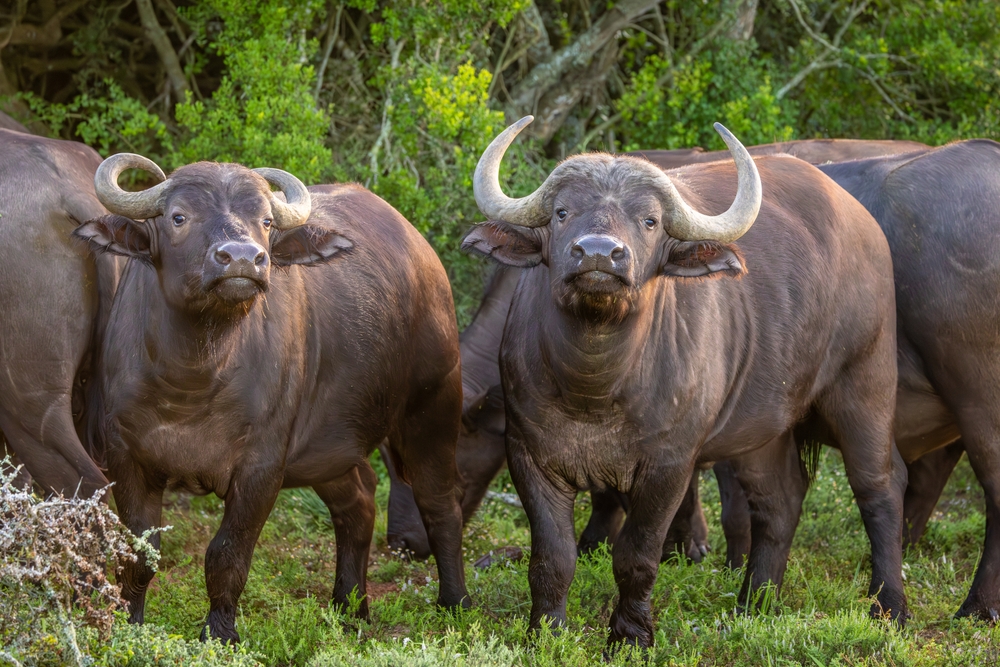
Often underestimated due to its bovine appearance, the African buffalo is one of the most dangerous animals in Africa. Known for its unpredictable nature and protective herd mentality, it’s an animal that commands respect. If you’re on safari, keeping your distance is wise. These seemingly placid creatures can charge with little warning, making them a force of nature best observed from the safety of your vehicle.
12. The Stealthy Leopard Seal
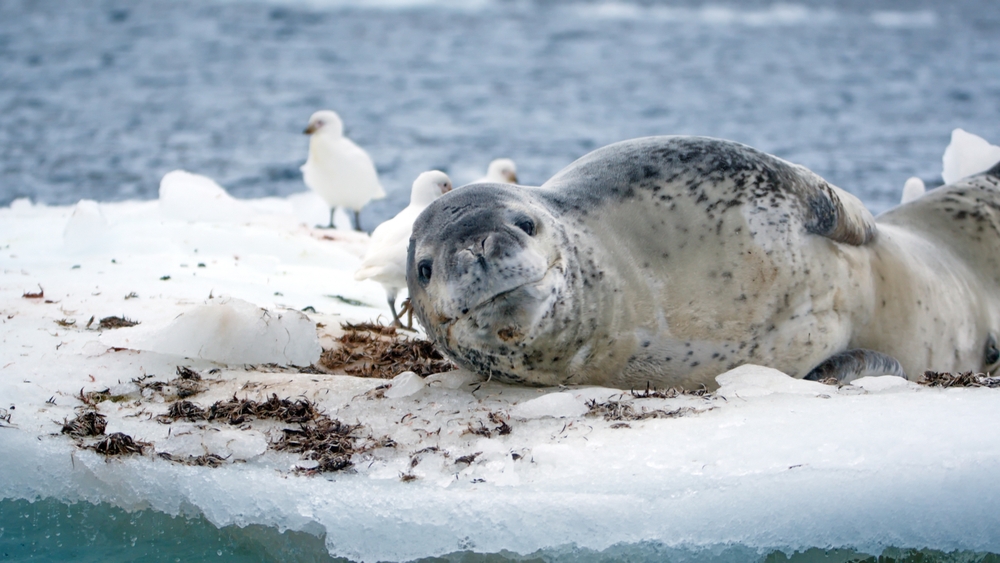
With its sleek shape and curious nature, the leopard seal might seem like an intriguing creature to observe in the Antarctic waters. However, this apex predator is known for its aggressive behavior. It’s a reminder that not all seals are as gentle as they appear. If you’re exploring their icy domain, keep your distance and respect their space—they’re not the cuddly seals you see in cartoons.
13. The Underestimated Honey Badger
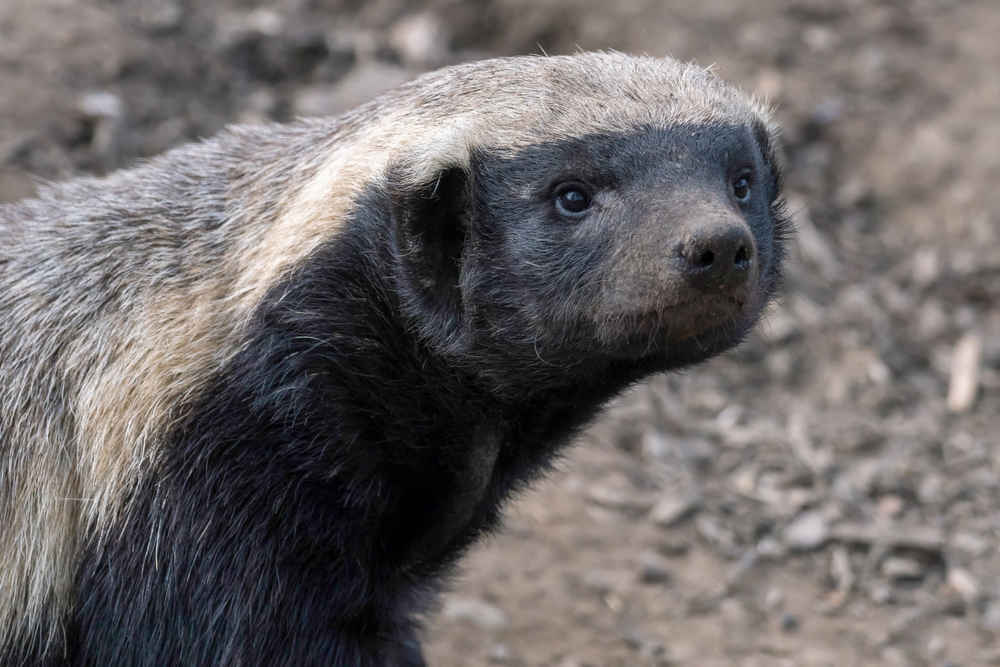
Notoriously fearless, the honey badger is small but mighty. Known to take on lions and snakes, this creature is the embodiment of “don’t judge a book by its cover.” Found in Africa and Asia, its tenacity is legendary, and encountering one in the wild can be an unforgettable experience. Give it space and respect its territory, because this little beast has earned its formidable reputation.
14. The Surprising Power of the Electric Eel
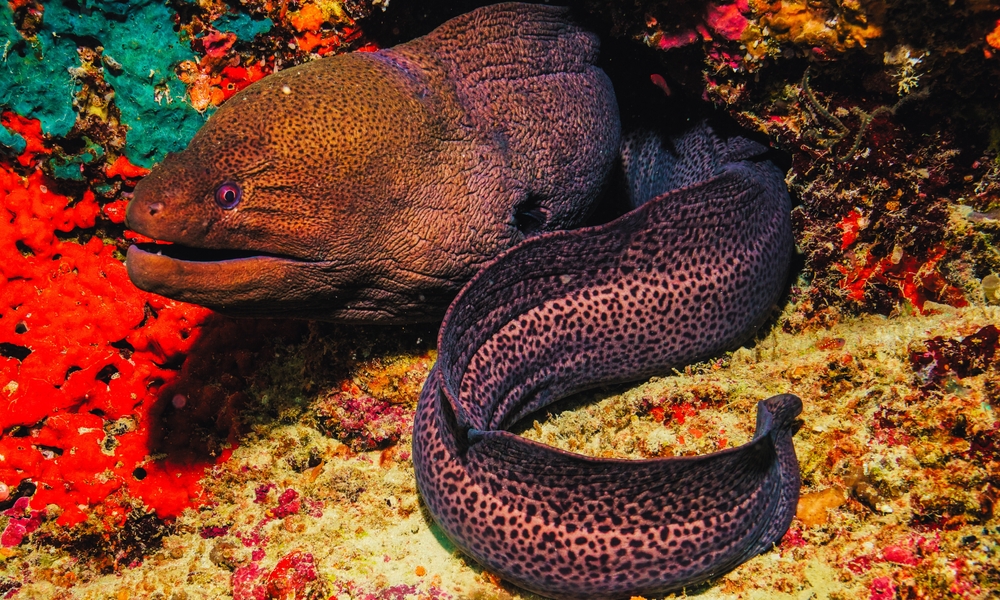
Residing in the rivers of South America, the electric eel can deliver shocks strong enough to knock a person off their feet. It’s an electrifying predator that uses its power for hunting and defense. While fascinating, getting too close could lead to an involuntary jolt. Observing from a safe distance ensures you’d stay grounded—quite literally. Admire their unique abilities from the riverbank.
15. The Seemingly Harmless Mosquito
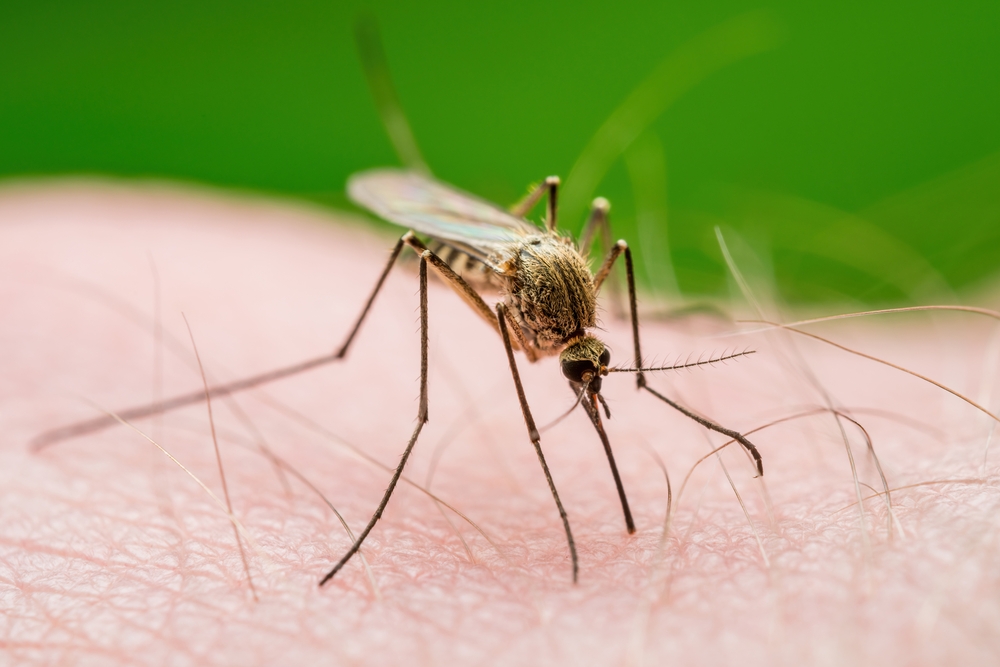
The ubiquitous mosquito might seem more annoying than dangerous, but it’s the deadliest creature on Earth. Transmitting diseases like malaria and dengue fever, this tiny insect packs a deadly punch. Found practically everywhere, it’s a constant reminder that the most significant threats aren’t always the most obvious. Protective clothing and insect repellent are your best allies in keeping these disease carriers at bay.
